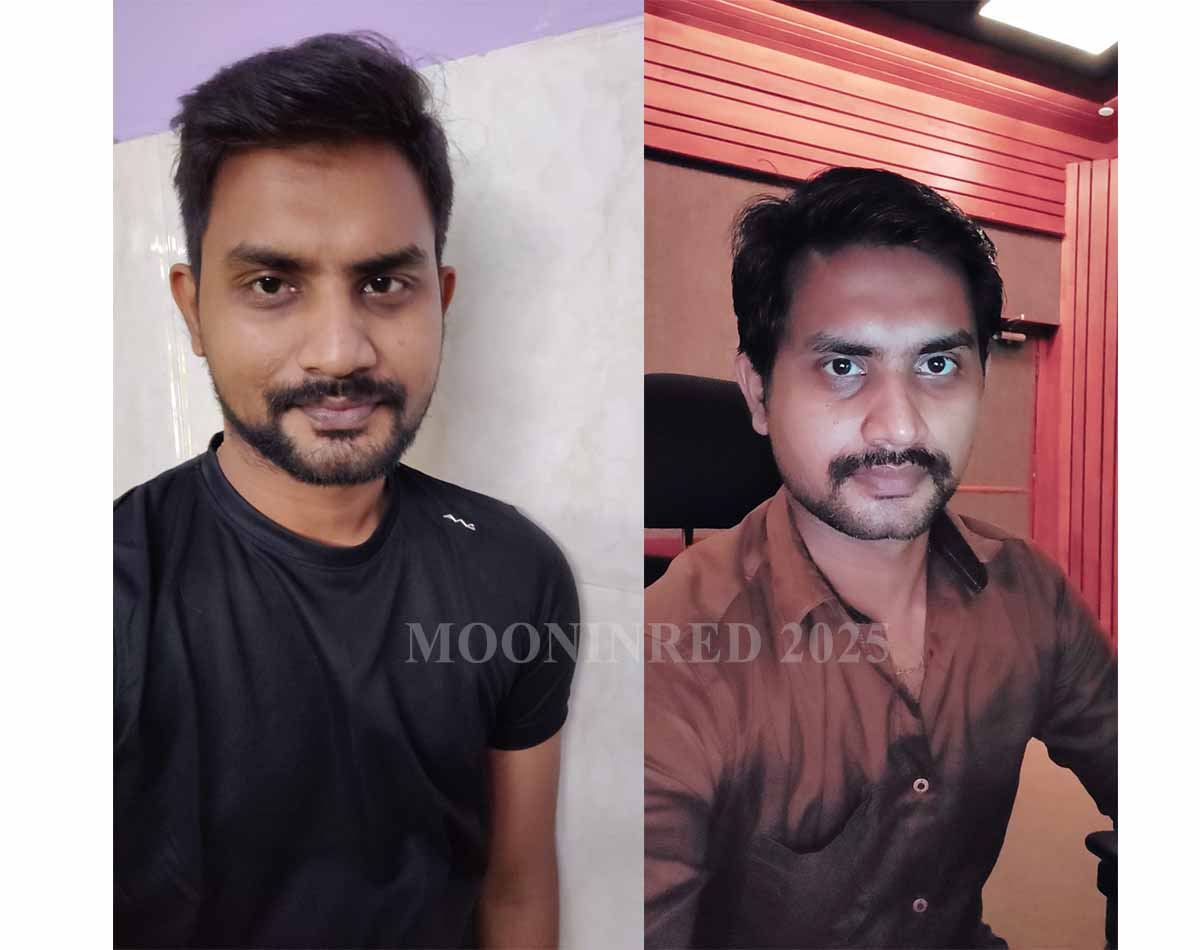Behind the Voice: The Art of Dubbing Engineer- Venkata Pari
Venkata Pari is a Dubbing Engineer—a Sound Recordist who steps in to replace the original dialogue in films. His job isn’t just about recording the dialogues spoken by artists and dubbing artists; it’s about matching the tone, timing, and emotion of the original performance. In simple terms, he works to make them recreate the same energy, helping audiences connect with characters no matter the language is.
From Venkata Pari’s perspective, a dubbing engineer is also a sound designer. They’re responsible for the finalising of audio—dialogues, that makes a scene feel alive and understandable. Before a dubbing session even begins, the Dubbing Engineer watches the entire film to understand its emotional journey. Only then can they bring a voice performance that truly fits the story and its characters, along with the Director and his team.
Venkata Pari shares that Dubbing Engineers are often one of the first technicians to watch the film, even before the audience. Their job is to do many things: Recording the Voices with correct levels, without any noise, making sure the Person who dubs, performs according to the Scene and overall mood of the movie and making the Dubbing, sound natural and engaging. Sometimes Dubbing Engineers suggest corrections in the scene and dialogues as they could approach the movie both aesthetically and technically. According to him, every technician in post-production should approach their work with this level of care and precision.
Even after their part is done, the process continues. The mixing engineer reviews the audio and points out any mistakes or areas needing improvement. It’s a team effort aimed at perfection.
He explains how sometimes the tone of a character’s voice has to be adjusted—from soft to intense, or the other way around—depending on the scene. Because the original shoot might not always align with the desired emotional delivery, dubbing process is there to make it right. Venkata Pari gives the example of actor Rahuvaran. Though he could play a calm hero, his deep and powerful voice made him unforgettable in villain roles. His voice gave weight to his performance and amplified his screen presence.
Venkata Pari also brings up Aadukalam, where Radharavi Sir dubbed the character Pettaikaran. His performance was so seamless that it was hard to recognize him. “That’s what good dubbing is,” Venkata Pari says—when the audience doesn’t even notice it’s a dubbed voice.
In his words: “A great dubbing artist is someone whose voice blends so naturally into the character that you don’t even realize it’s them speaking. The mark of a true dubbing artist is when the audience forgets there’s a voice actor at all—they just believe the character.”
He proudly adds that they are known as “technicians and dubbing artists” for a reason: “The artist performs, the technician perfects.”
Venkata Pari emphasizes that even if you repeat the same job every day, what matters is the passion you bring to it. You should never get bored of your work—instead, you should find ways to add flavor and creativity, and enjoy the process.
He recalls the intense work that went into Enthiran (Part 1). Giving voice to a robot was a unique challenge—there were no Alexa or Google voice assistants then, and while they’d seen something similar in Terminator, Enthiran demanded its own flavor. Every scene required a different emotional tone for the robot’s voice. Venkata Pari insists that even with today’s tech, AI can’t replicate human emotion. And when it comes to dubbing for someone like Superstar Rajinikanth, it’s not just about mimicking his voice—it’s about understanding and becoming the character.
“Bringing a character to life through voice alone takes more than talent—it takes soul. To become someone else without being seen? That’s nothing short of extraordinary.”
Venkata Pari is someone who only sleeps once his work is done. His work is his priority, and sometimes that means putting in 22 straight hours to meet deadlines. But for him, that dedication is necessary. He wants every piece of work he delivers to be flawless. Especially in big-budget films, there’s no margin for error.
He lives with his wife and child, while his parents reside in their hometown. Despite the demanding nature of his work, family remains an important part of his life.
As he puts it, when audiences watch films, they often focus on the actors, directors, or music composers. But there are hundreds of people behind the scenes, working tirelessly to bring the story to life. Their contributions might not always be seen—but they’re definitely heard.


